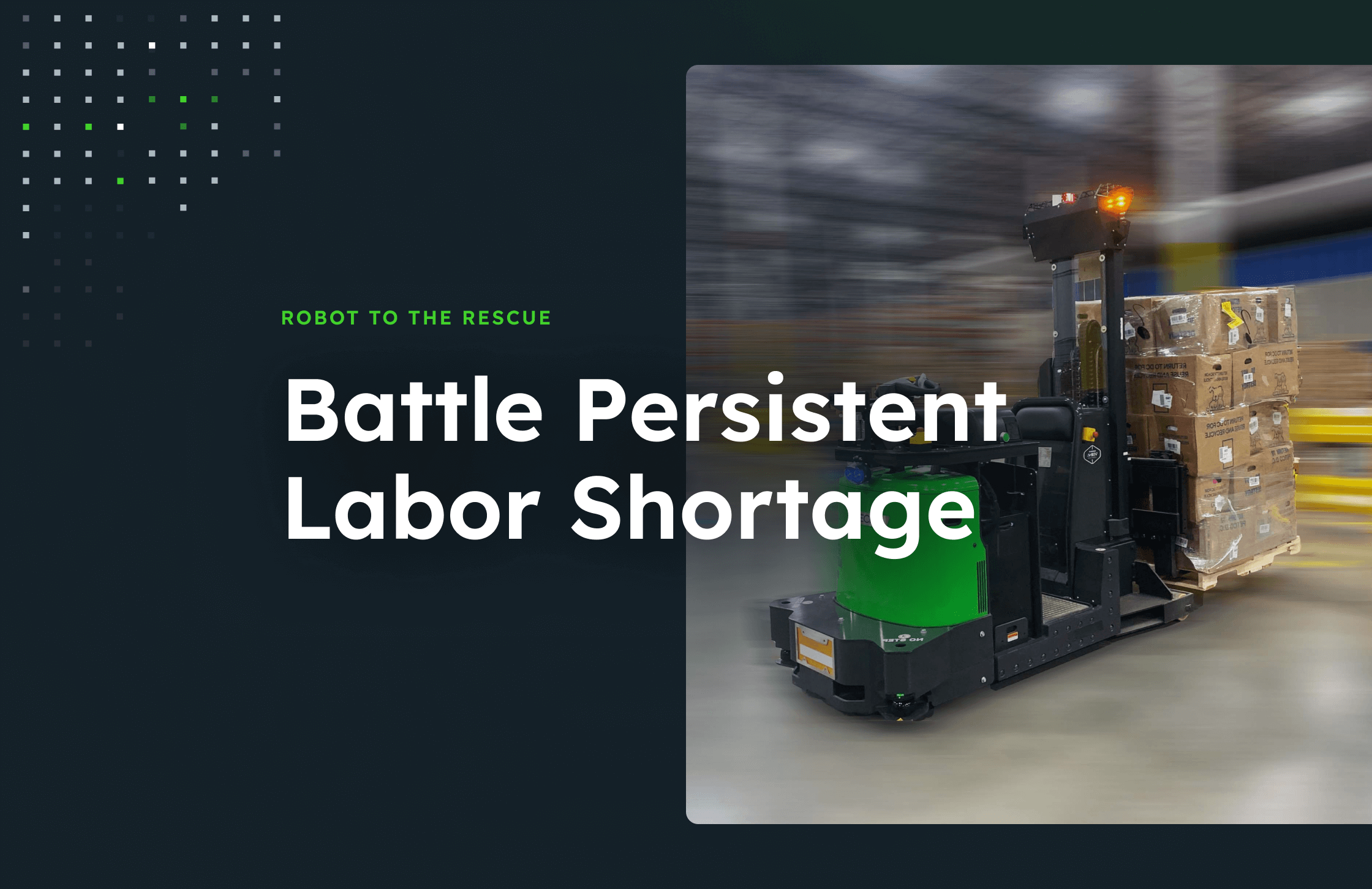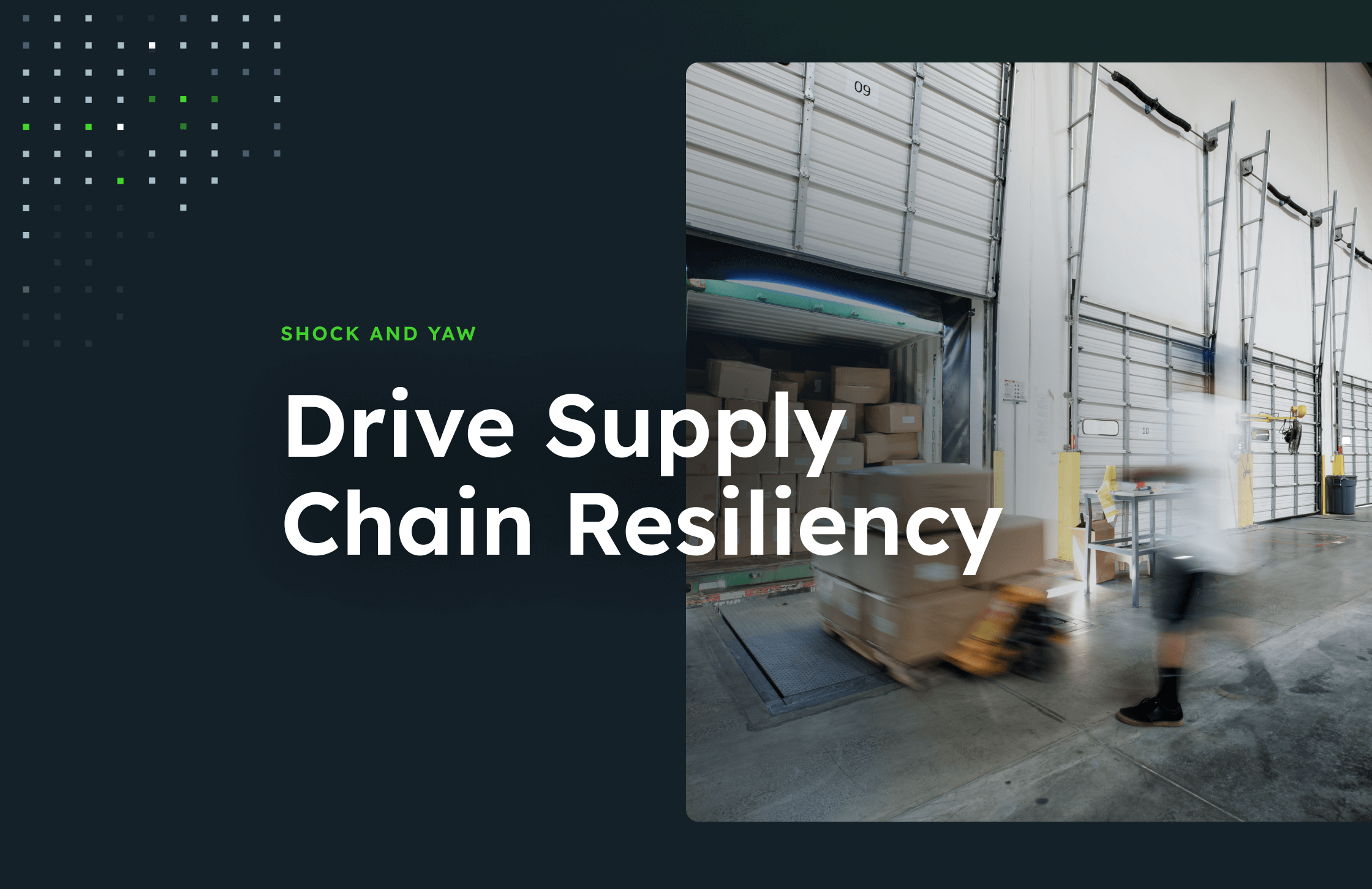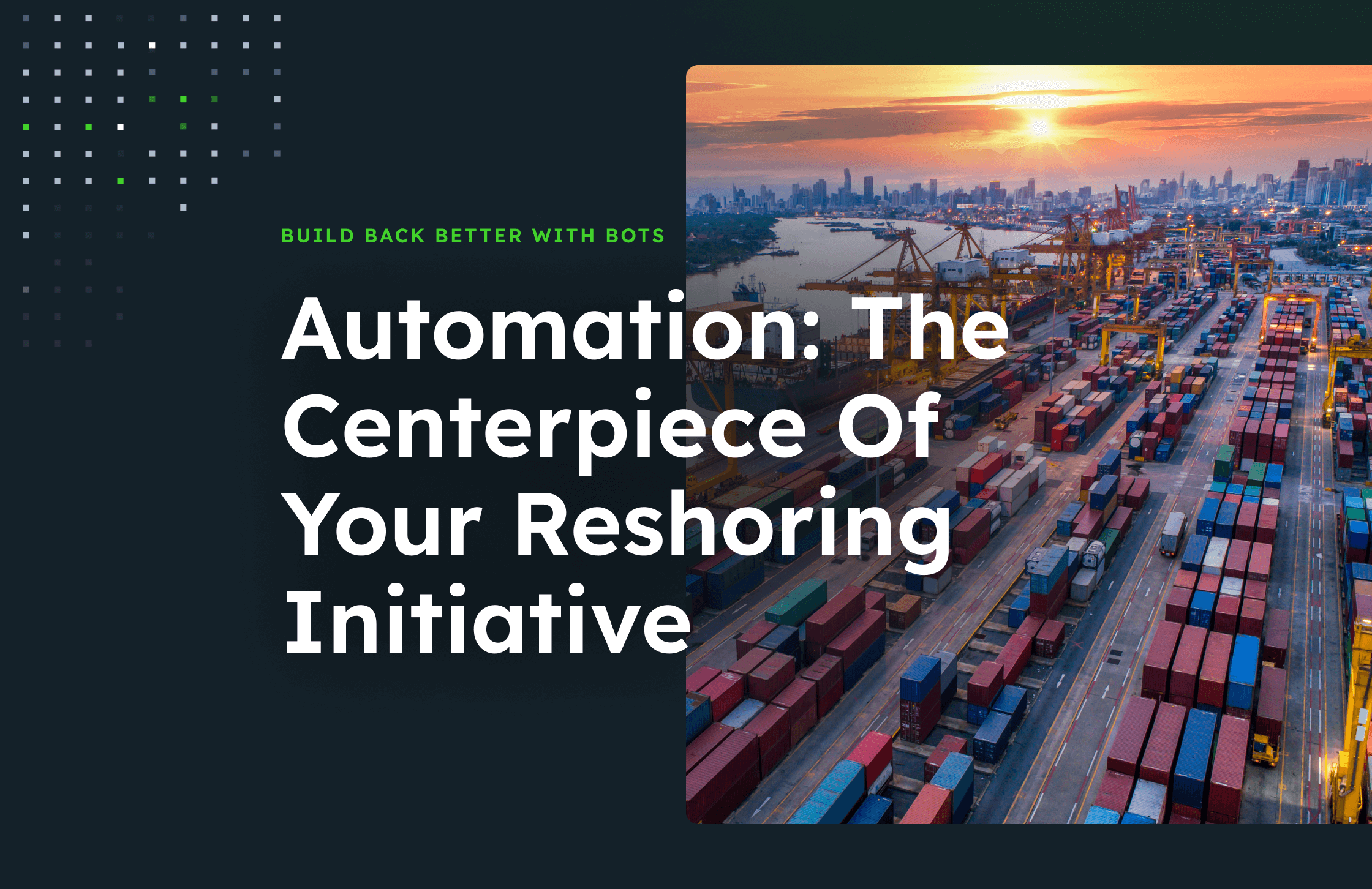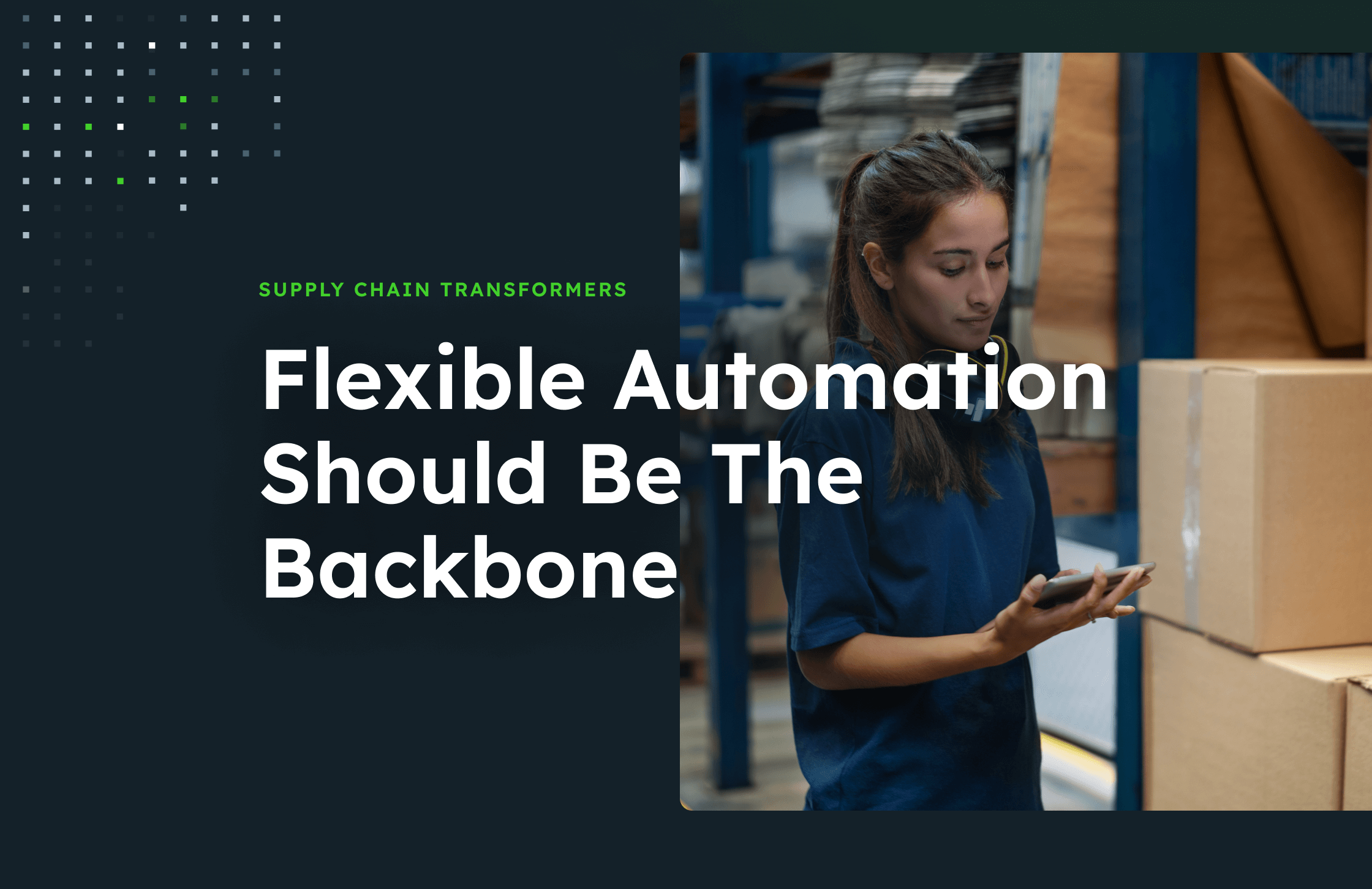SHIFT TO E-COMMERCE
Solve unseen impacts of e-commerce on your supply chain
The most dramatic impacts of the shift to e-commerce and direct-to-consumer logistics has been the exponential increase in pressure it has applied to upstream supply chains in the form of omnichannel distribution.
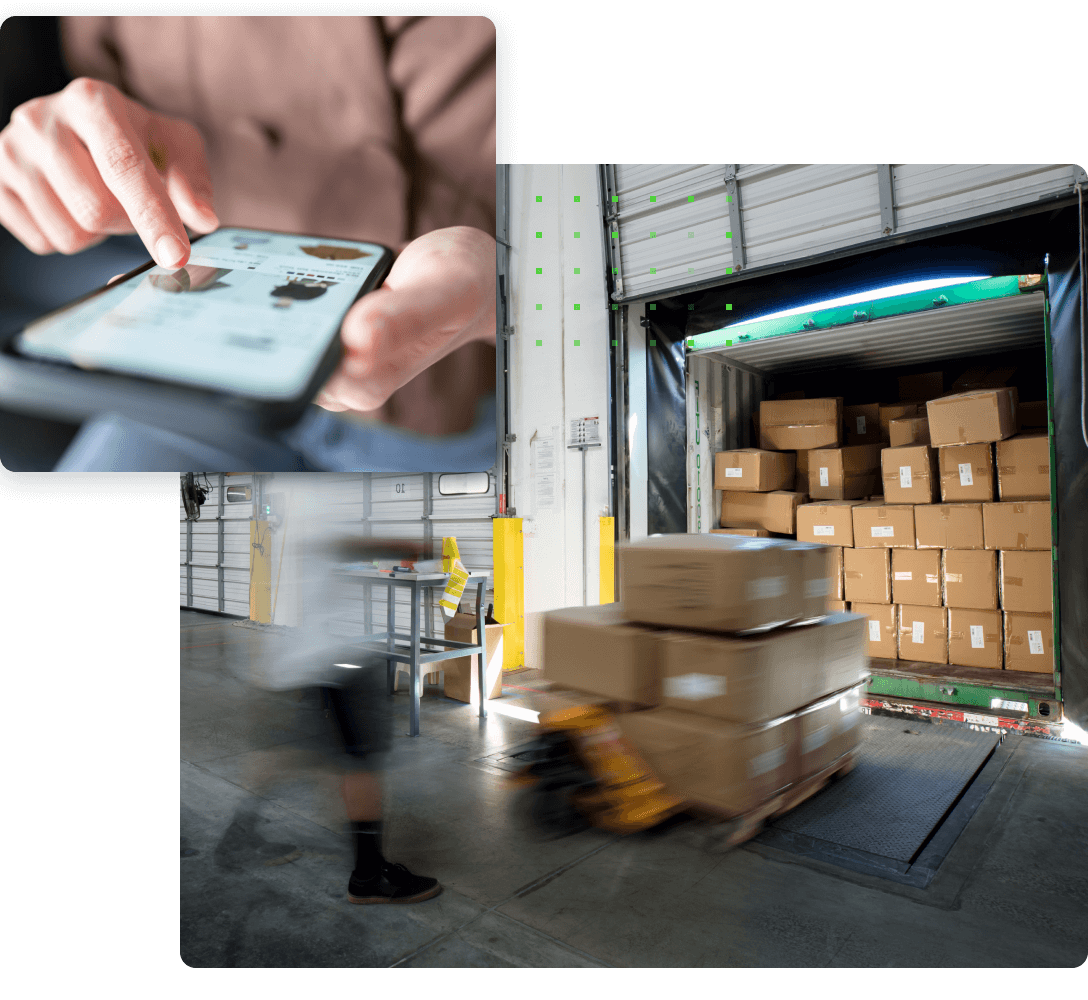
Automation to the Rescue
Upstream automation makes e-commerce flow
The upstream distribution and material handling to support e-commerce fulfillment lurks beneath the surface of your supply chain challenges. And the key to a robust e-commerce strategy is to invest in your upstream supply chain using proven automation solutions that provide a flexible, scalable path towards downstream fulfillment success.
Supplements Labor
Reduces reliance on labor while improving throughput and accuracy
Quick to Implement
Flexible automation is quick to implement and delivers a rapid ROI.
Adaptable
“Modern automation is software-driven, so can adapt quickly to changing conditions.”
Increases Storage Density
Automation can safely operate in tighter spaces reducing operating costs.
Improves Visbility
Monitor your automated workflows anytime, anywhere.
Continuous Improvement
Machine learning results in constantly improving performance with every feature release.
The Problem
The impacts of e-commerce lurk in the shadows
The “Amazon Effect” has created major shocks in the e-commerce world, intensifying the urgency to keep pace with direct-to-consumer demand.
30%+
e-commerce orders drop-shipped from wholesalers or manufacturers
5x
size of B2B e-commerce vs. B2C
120K
increase in squarefootage of average warehouse
XL
packages are stretching fulfillment and delivery hubs
WHITE PAPER
Upstream and unseen
The most dramatic impact of e-commerce on supply chains is largely unseen and well upstream from the customer in the form omnichannel distribution. Flexible automation provides a scalable path towards improved downstream performance.
50%
of a worker’s time is spent traveling in a facility
20%
increase the average warehouse size last year

